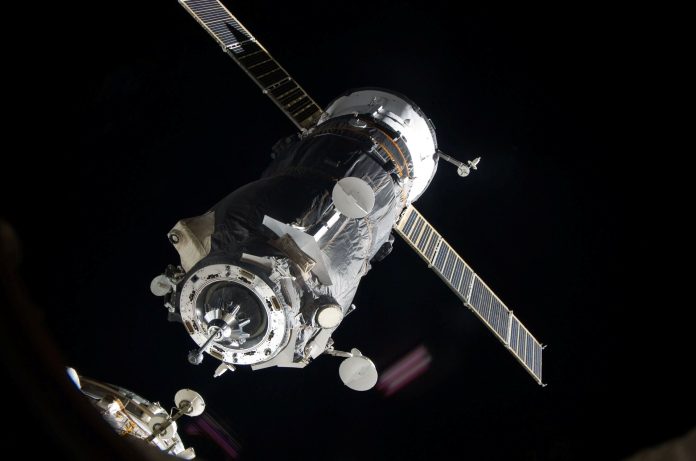The European Space Agency made a breakthrough in teleoperation, AFP reported on Monday. Andreas Mogensen, Denmark’s first astronaut, remotely guided a robot on Earth using a joystick control system on the International Space Station. It was not the first time that a human operator was able to remotely control a device across the vastness of space. A flight controller tracked the liftoff of the Apollo 17 ascent module from the lunar surface by controlling a television camera from Mission Control. But the ISS experiment involved a touch feedback system that should revolutionize remote control robotics.
The robot was a rover called the Interact Centaur that had a couple of arms for delicate work. Mogensen used the joystick to move the robot around a bit. Then he manipulated one of the arms to insert a peg into a hole in a task board with less than a sixth of a millimeter of room to spare. He was able to do this because the system allowed him to “feel” when he was off, such as when the peg touched off center from the hole. He also was able to see what was going in through a camera mounted on the robot.
In the future, NASA as well as the ESA envision operating robots on the moon and Mars from orbiting spacecraft to perform a number of tasks. These include prospecting for resources and building a base that would be ready made for visiting astronauts. Having a tactile feedback system would greatly enhance that ability.
A number of earthly applications would benefit from the technology as well. Robots controlled in such a way can cap undersea oil wells or clean up the results of a nuclear accident. They can be sent anywhere it is too dangerous to send humans.















